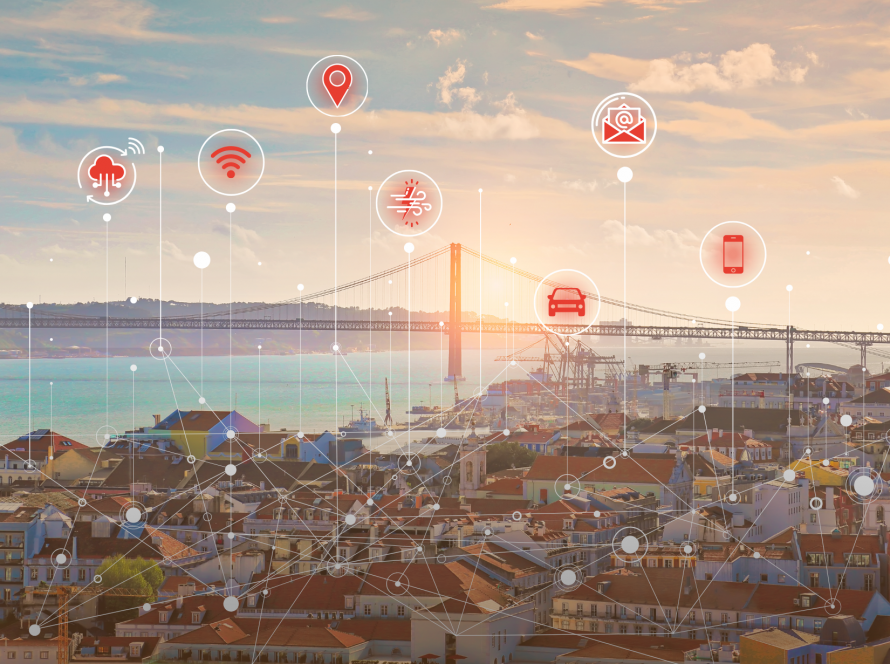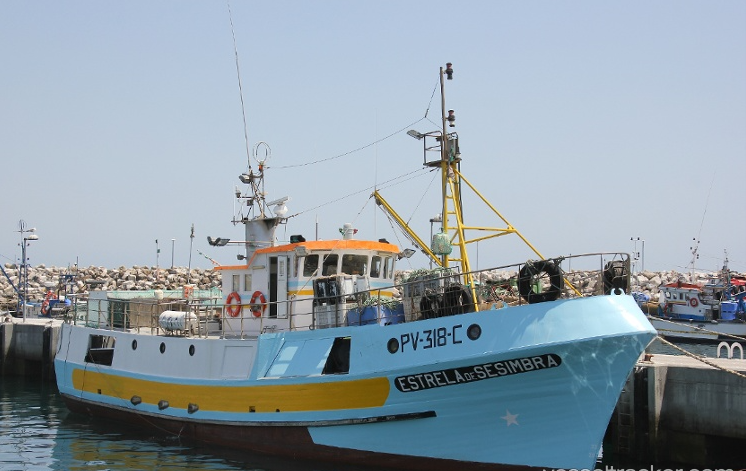April 23 was marked by the public presentation to share the results from the Custodian – Sensory Network Platform for Sustainable Fishing project, funded by the EEA Grants Blue Growth Program. This innovative project for monitoring fishing gear, that was developed in the Azores, is the result of a collaboration between various organizations, led by SOLVIT. The project’s main objective was to solve the problems faced by local fishermen in recovering their fishing gear.
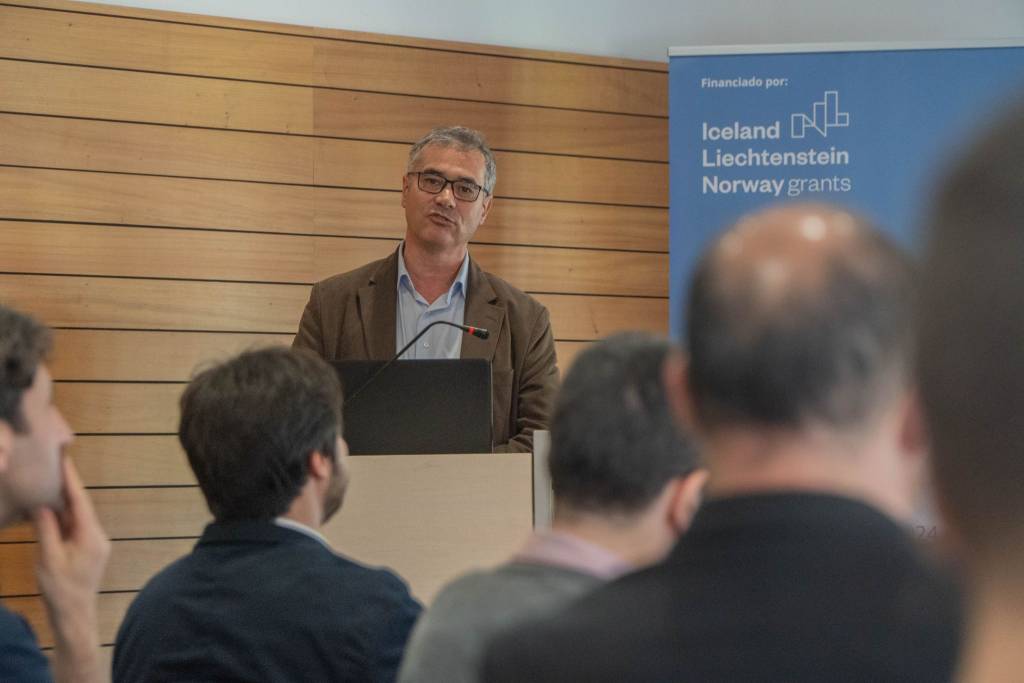
The initial idea for the project occurred informally within the TERINOV ecosystem, in partnership with the AIR Centre, where the need to “sensorize” buoys to facilitate the recovery of fishing gear was discussed. The proposal was to use IoT (Internet of Things) technology for this monitoring, ensuring greater reach, lower cost and independence from public agencies.
Once we realized the impact of this loss on the fishermen’s activity, we put together a working team to find a solution, and from there an application to the EEAGrants program was developed. At this stage, the representatives of the fishermen’s association were consulted and helped to tailor the solution to their needs. It was essential that the system would be low-cost and easy to install, to optimize and simplify the system handling by the fisherman crew.

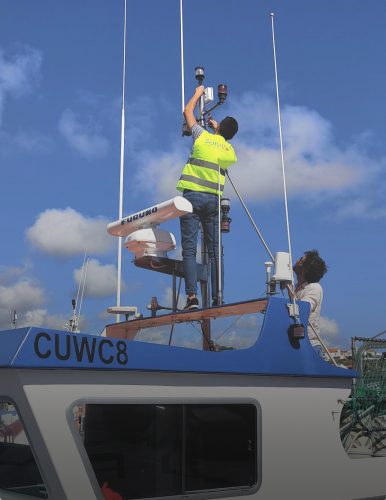
Example of a fishing buoy and the sensor installation on a boat
The consortium
The search for partners then began with a focus on local partnerships. The initial partner was the AIR Centre. Who actively contributed in the initial stage of the system definitions and served as an intermediary with the fishing community. The collaboration of the fishing operation entities, both Lotaçor in the Azores and Docapesca in the country mainland, was very important, given their knowledge of the fishing industry and their proximity to the fishing community.
TERINOV – Terceira Island Science and Technology Park, an innovation ecosystem, where the main players in the consortium are located, promptly took on the responsibility for the communications area.
UAVision became a complementary partner in hardware construction, where they were instrumental in the mechanical development of both the outer box and the boards that would be in the buoy (inside the box).
From a scientific and technological point of view, ISEL – Instituto Superior de Engenharia de Lisboa was the main contributor, sharing their scientific knowledge during the development stage of the IoT devices and handling most of the publications to the scientific community.
NTNU – Norwegian University of Science and Technology, was mainly an observer who provided their independent validation of the solution end to end. In addition, their auditing goal was to validate the solution in the Norwegian context environment.
Once the consortium was read to proceed with the ocean trials, we leveraged on the management operators to introduce the team to the fishing community. The initial tests started on Portuguese territory in Sesimbra with a shipowner who has one of the largest black scabbardfish fishing fleets and operates maily between 80 and 100 km off the coast. With this experience, we quickly understood the reality of communications on board this type of vessel: 40 minutes after leaving port, the crew loses communications with land-based systems. Only expensive satellite communications can help them during the more than 20-hour journey to the fish market. That’s when we decided to go one step further and turn this system into an instrument for digitalization in fishing, bringing added value in terms of digital systems, in order to create platforms that allow fishermen to stay in touch, enabling them to send short messages, check the position of the buoys on the high seas as they approach, register their catch, see the location of where to catch each species of fish, and choose the port that will maximize the yield of their catch, as well as prepare the logistics at the docks to optimize resources and increase logistical efficiency.
The Devices
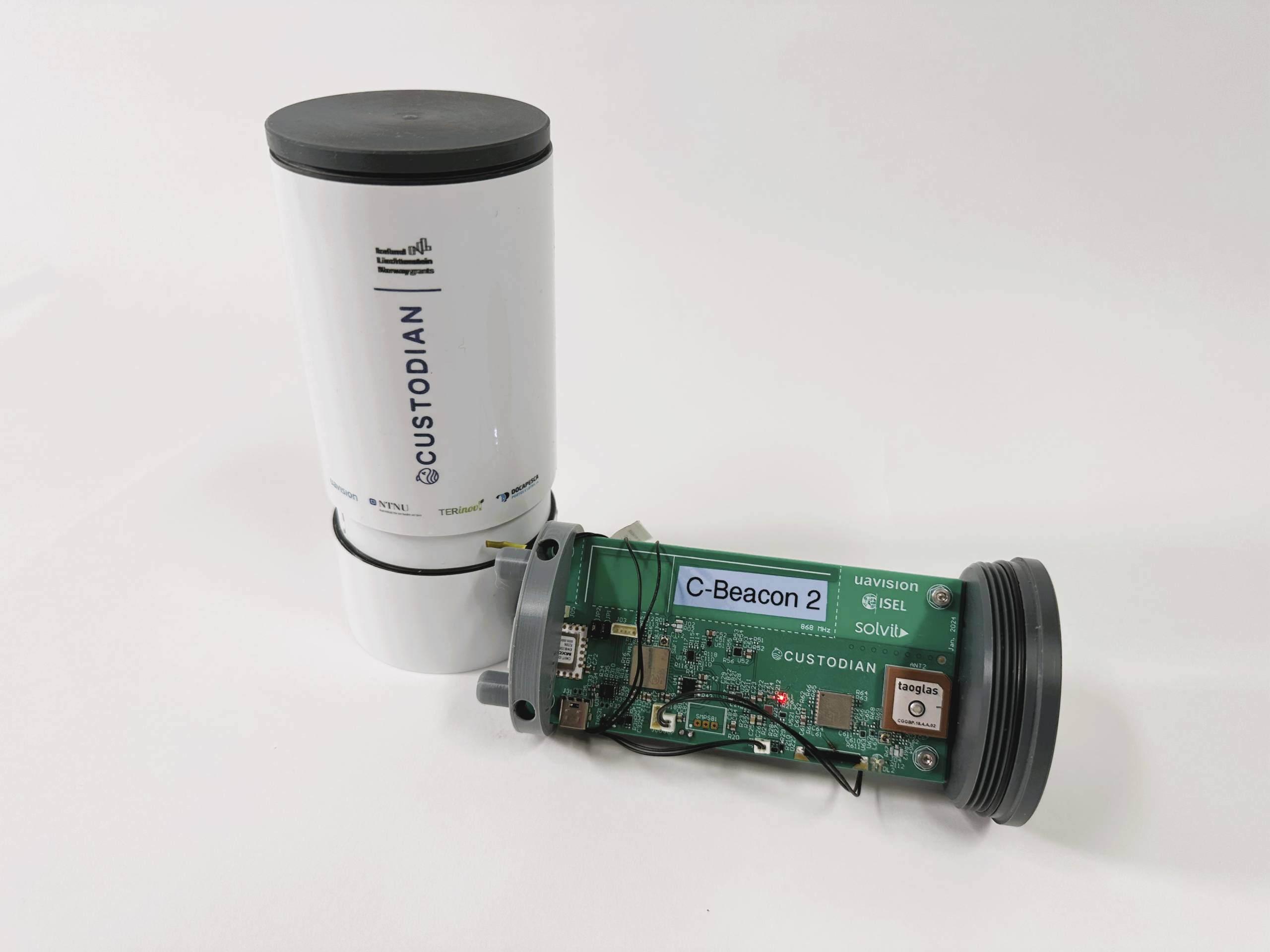
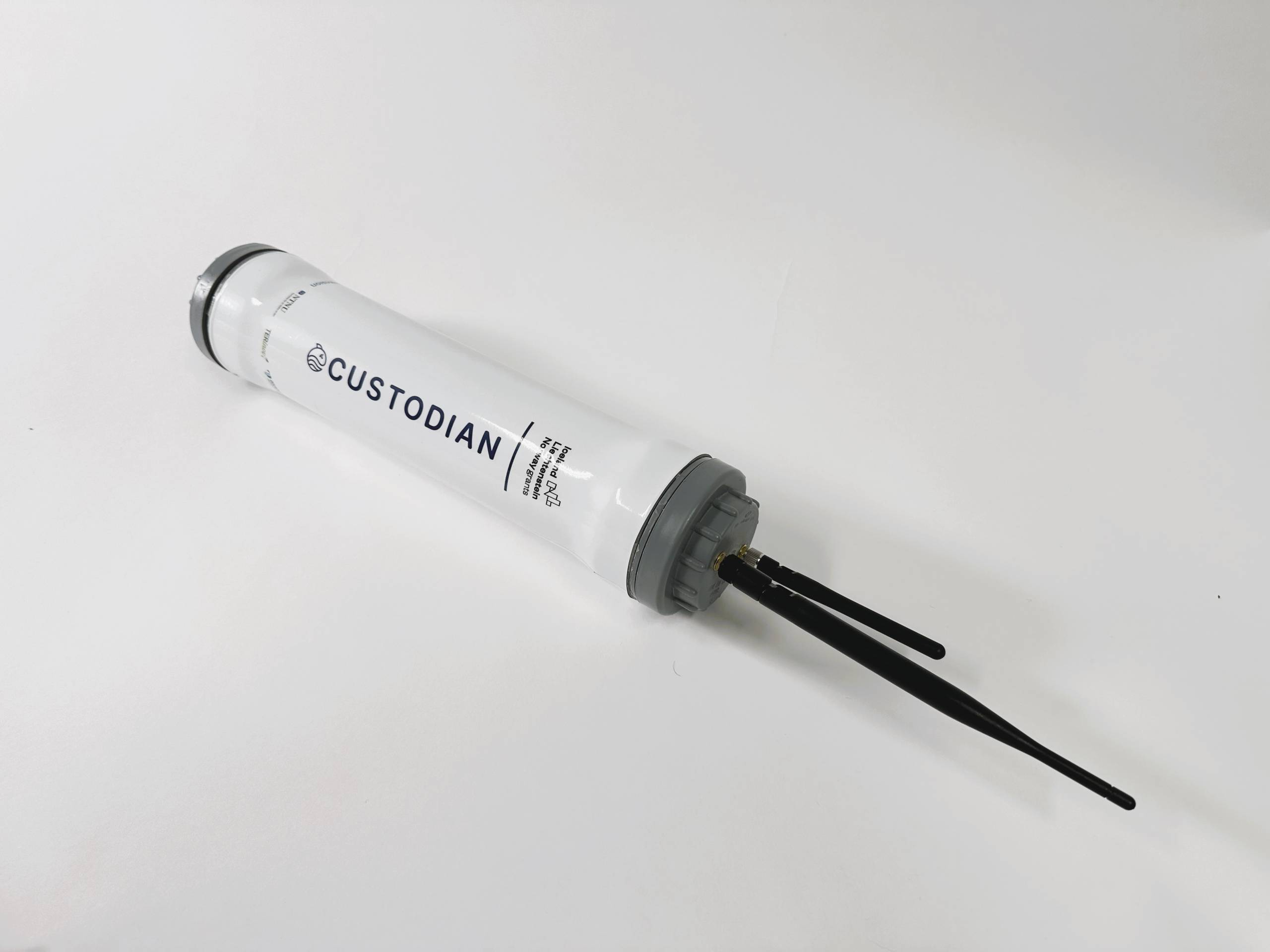
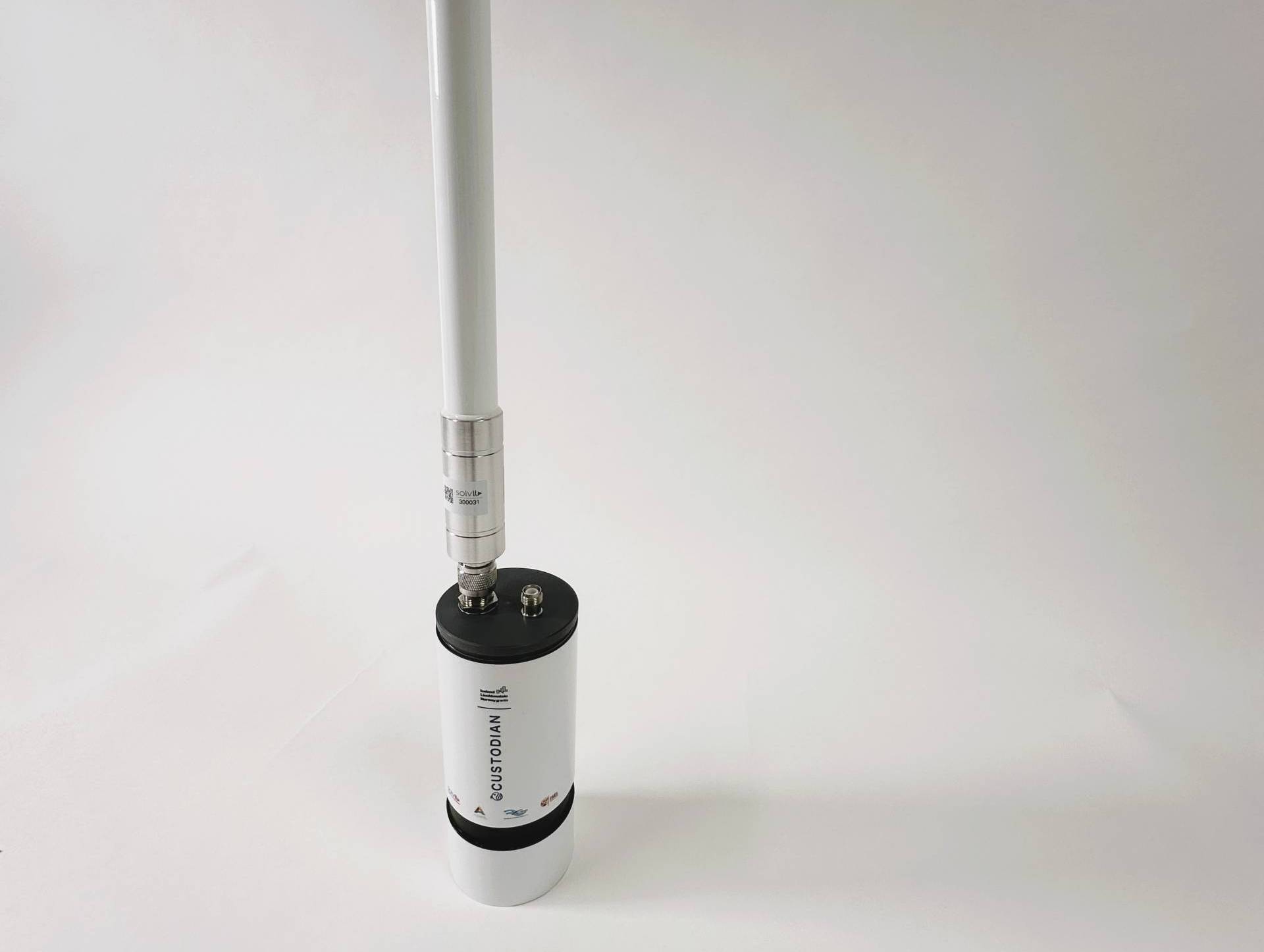
After just 18 months of development, the project was successfully completed, and three operational devices were developed. A sensor was created to be placed on buoys; a device to be placed on smaller vessels to ensure permanent communication with the fisherman; and finally, a device for larger vessels to extend the coverage of land-based systems. A complete platform has also been designed with interconnection to entities such as Lotaçor.
The next step will be to conduct large-scale tests and launch the system on the market. Government support is fundamental to this initiative, whether financial or through the creation of incentives to modernize and digitize the activity.
Despite the challenges faced, the Custodian project has managed to develop an innovative solution that promises to revolutionize fishing activity in the Azores, on the mainland, and beyond.

